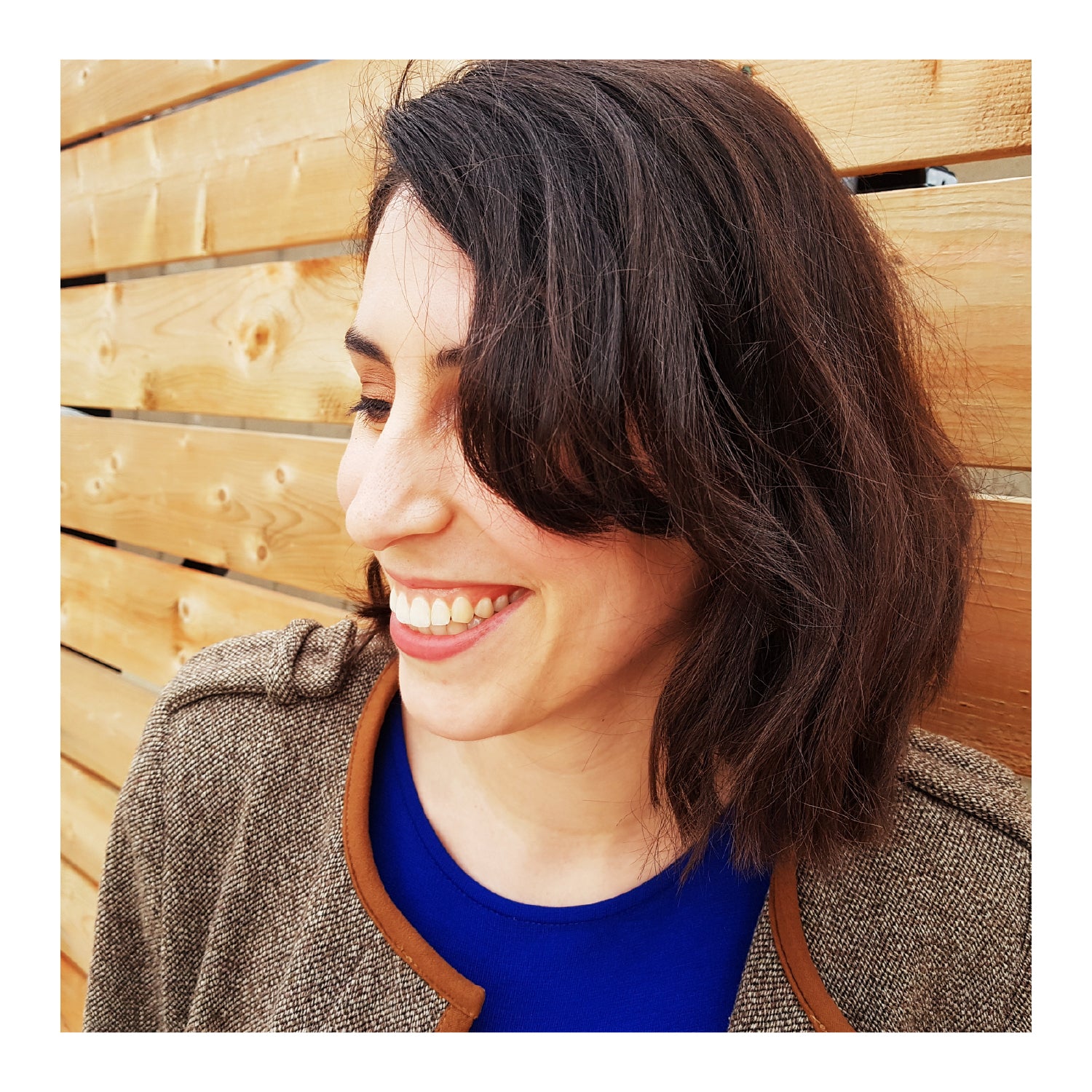You’ve spent the last several weeks sewing your foundation paper piecing templates (let’s think of them as crafting your pattern’s puzzles pieces) and now you’re excited, albeit slightly nervous, to finally sew your oddly-shaped puzzles pieces together. To your relief you won’t have to spend any time figuring out HOW things fit together, because you’ve got an assembly map guiding you through each step. But before you begin on your well-earned home-stretch, consider the 8 tips I've listed below to assist you in sewing an accurate and neat finish.
Tip #1: Take your time.
This tip applies to anything really, but I find that I most enjoy sewing when I arrive at my sewing machine with patience. A little patience truly goes a long way. And when your patience meter is nearing the red zone, take a break and continue your work another day.
Tip #2: Use the right thread colour.
My usual go-to thread colours are grey or cream, which works great for the majority of my projects, but when assembling FPP patterns I’m more cautious about what colours I choose. FPP patterns tend to have bulkier seam allowances that can stretch your stitches when pressed open making them visible on the front of your project. To avoid this, use a thread that matches the predominant colour of your project. In extreme cases, I have switched thread colour mid-way through a seam if there has been too much contrast between the fabrics and thread.
Tip #3: Clip excess in your seam allowances.
Clip the corners of the seam allowance that are still accessible at a 45 degree angle to reduce bulk. Don’t worry about the seam allowances that are hidden behind the paper template.

In the picture above, the seam allowances have not been clipped. In the photo below, they have been.

Tip #4: Baste any matching seams first.
I highly recommend that you take an extra minute to baste pieces with matching seams together first. A longer stitch length is easier to rip out if things don’t align. If it’s a long seam, you can focus your basting stitch on the matching areas only. Once you’re happy with the placement (whatever level of scrutiny that may be) secure things with a smaller stitch length.

Determine where your seam must match. In the photo above the blue triangular shapes should match when the two pieces are sewn together.

(above) Use a baste stitch (a long stitch length) to sew along that matching seam first. Basting stitches are easier to remove if you need to adjust the pieces.

(above) Take a look to see if the seams match after basting. If they do, sew the pieces together with a smaller stitch length. If they don't, unpick the stitches and try to align them again.

(above) Matched and pressed!
Tip #5: Check that the edges of your pieces are flush when pressed open.
The edges of your pieces should always be flush after joining and pressing. In the photo below you can see that, once pressed open, the two pieces are flush along the top edge and bottom right edge. You may choose to baste the pieces together first to confirm that they edges are flush before sewing with a smaller stitch length. This is a great way to check that things are coming together accurately as you go.

Tip #6: Use a little steam.
One of the biggest challenges with FPP patterns can be the bulky seam allowances. You’ll achieve a flatter finish by pressing the seam allowances open as you go and using a little steam to relax them into place.
Tip #7: Pin your seam allowance in place.
Pressing seam allowances open is a great way to get a flatter finish, but they can be a little tricky to manage. The last thing you want after pressing the seams open is to have them caught in your feed dogs and flipped the wrong way. Take extra care when sewing over multiple seam allowances by pinning them in place, using a stiletto for added control, or lifting your presser foot to adjust any untidiness (with the needle down of course!).
Tip #8: Remove paper in your seam allowances as you go.
Avoid stretching your stitches by removing paper in your seam allowance AFTER you’ve sewn two sections together and BEFORE pressing your seam allowances open.

After sewing your pieces together (above), tear out the paper within the seam allowance (below) then press open.



1 comment
These are very useful tips. I haven’t done foundation piecing for a long time and was really struggling. Your tutorial and these tips were very helpful. Thanks!